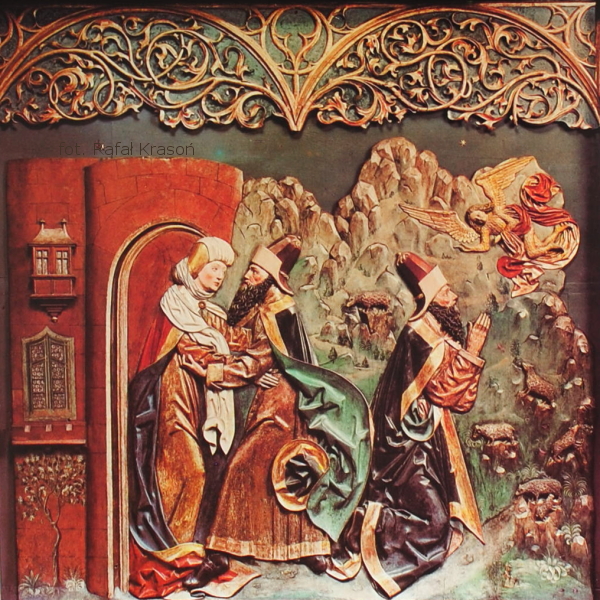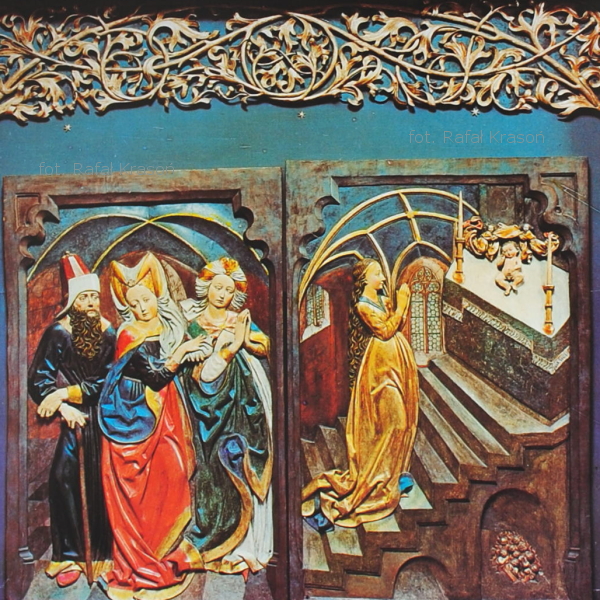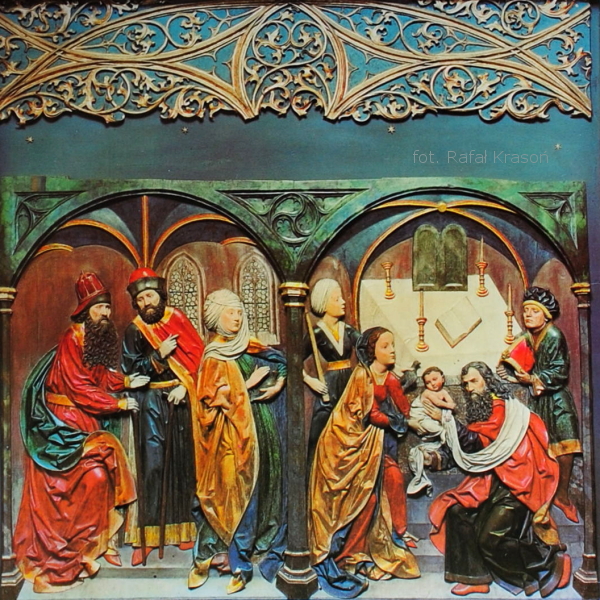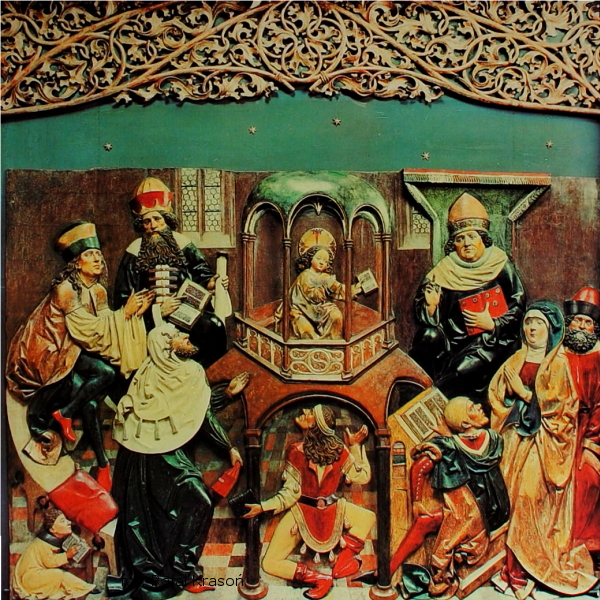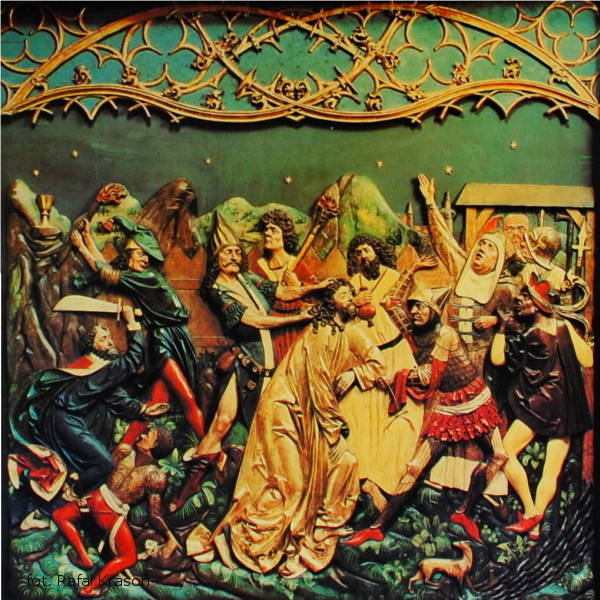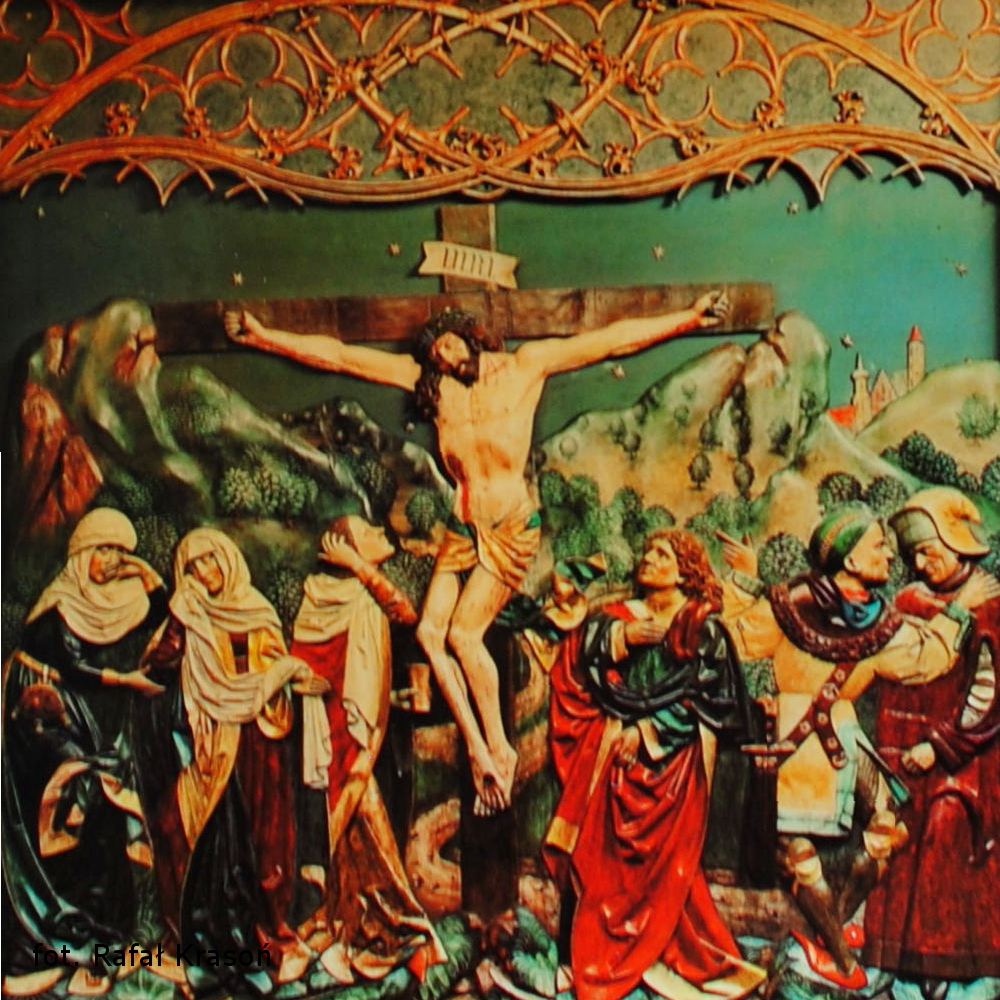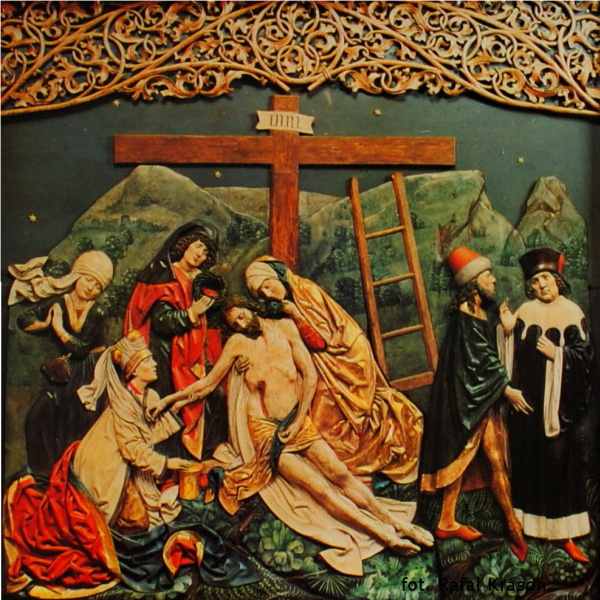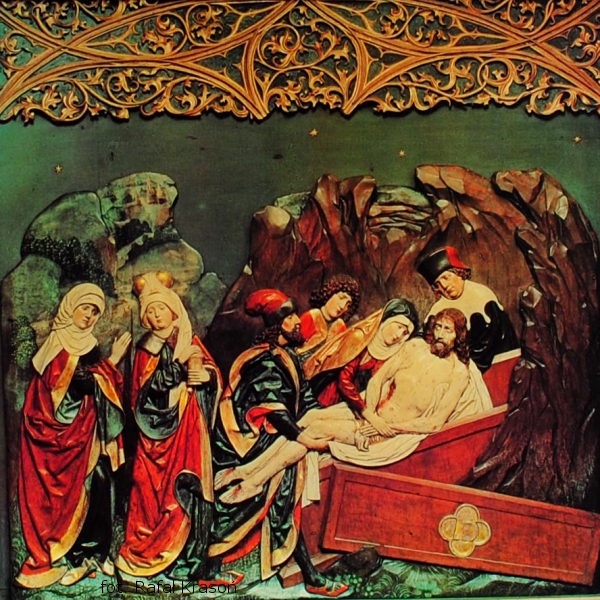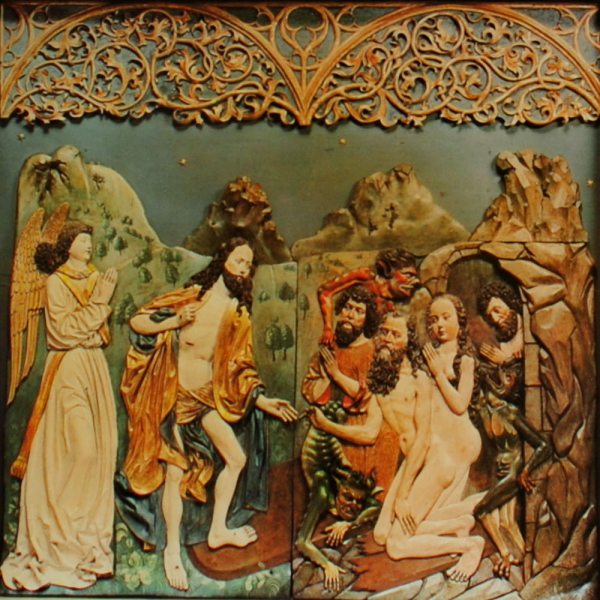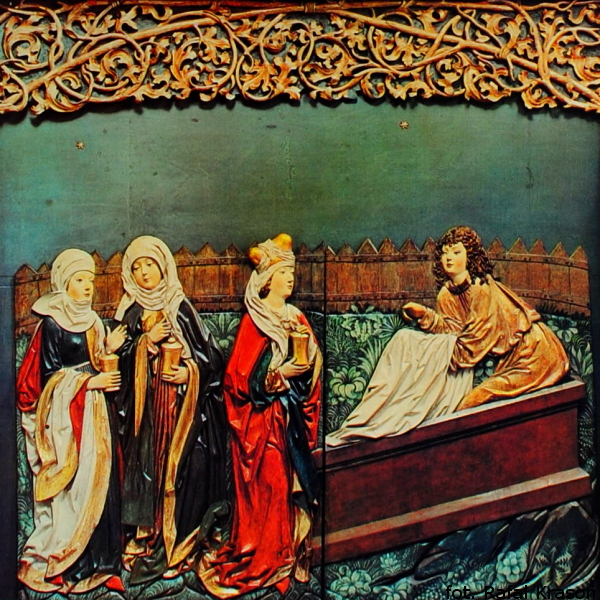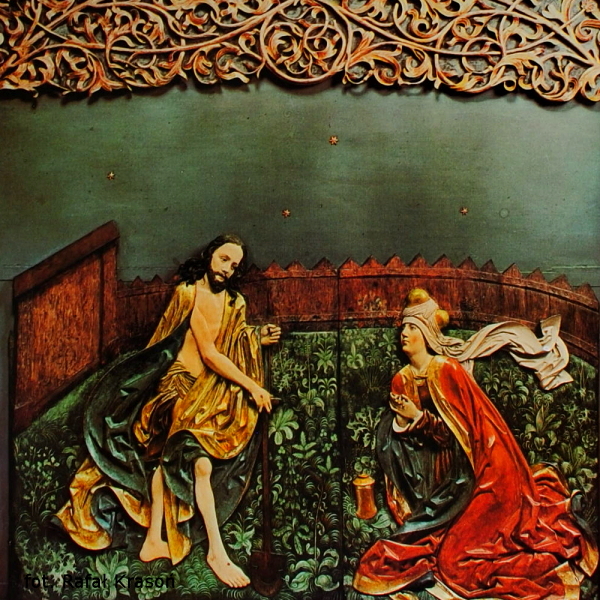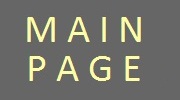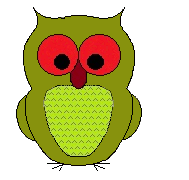Virgin Mary altar, the biggest ghotic altar in the world, was carved by Veit Stoss in 1477-1489. Some years earlier, around 1442, the vault in presbithery collapsed and the previous furniture was destroyed. Soon after rebuilding the vault, rich townspeople commissioned young but already known artist from Nuremberg named Veit Stoss to carve new main altar.
The artist, creating his masterpiece to the church of the Virgin Mary, carved Our Lady as the main figure. In the central part Virgin Mary is presented as a beautiful woman hold by saint Jacob the Elder. Around her twelf Apostles is staying and observing her. Some of the Apostles stay in characteristic positions - two on the edges hold censers, one is reading the Bible and one, staying over Maria, set his hands creating halo over Maria's head.
Veit Stoss depicted Maria and the Apostles in opposite way. Our Lady is presented as young, beautiful woman. Her beauty is stressed by her delicate palms. The Apostles, opposite, are carved as old, ugly and ill people. Some of them are bold, one has thyroid, one reumatism. Perhaps Veit Stoss liked to stress that Maria was taken to the Heaven together with her body, the Apostles died as other people.
Among twelfe Apostles three of them staying on the right do not look as dying Maria. They look above, whe Maria's Assumption is depicted. On the scene Virgin Mary is presented second time together with Jesus Christ. They both are surrounded by angels holding biblical instruments and the beams of glory. The scene is obvious - full advocation of the Mariacki Church is Basilica of the Assumption of the Virgin Mary in Krakow.
Virgin Mary is presented on the top of the altar for the third time - it is coronation of the Lady. Mary is acompanied by Jesus Christ, the God and Holly Spirit (pigeon). Next to the Trinity there are two angels and two patron saints of Krakow - St. Adalbert (on the right) and St. Stanislaw (on the left).
The altar was made as pentaptic, it means next to the retable there are four wings - two movable and two fixed. During visiting time one can see only movable wings and six scenes carved on them. On the left, movable wing there are carved following scenes:
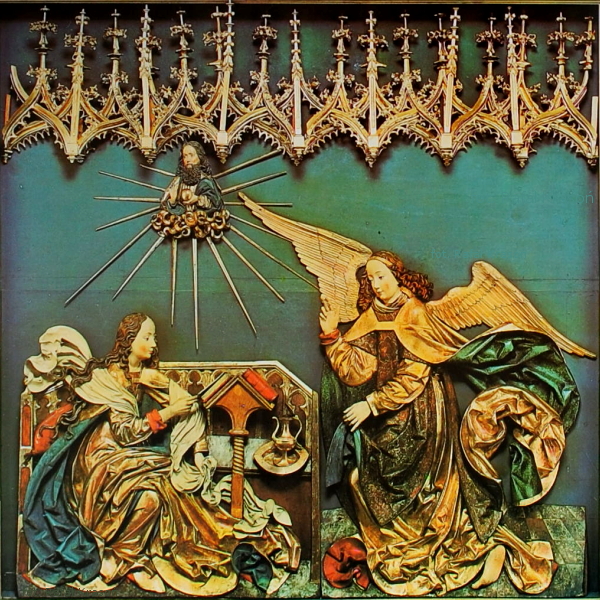 |
Annunciation of the Virgin Mary, |
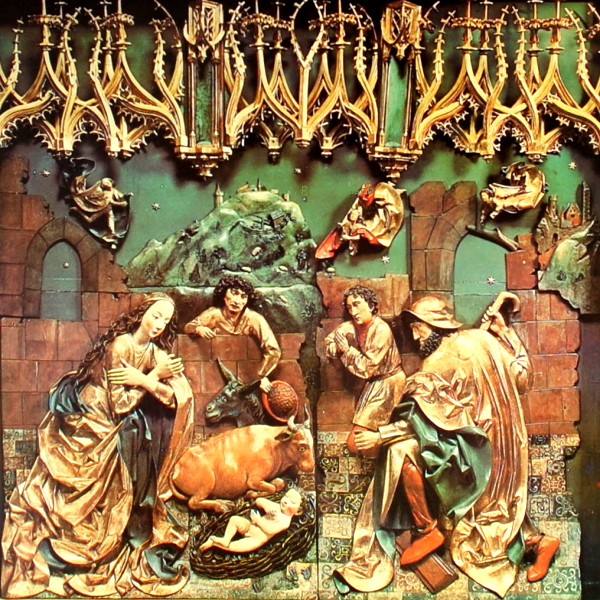 |
Nativity of Jesus Christ, |
|---|---|
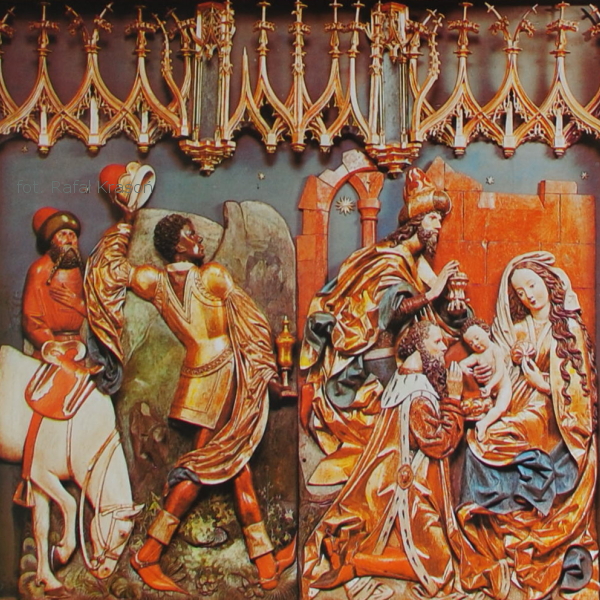 |
Three Wise Men |
On the right, movable wing there are carved:
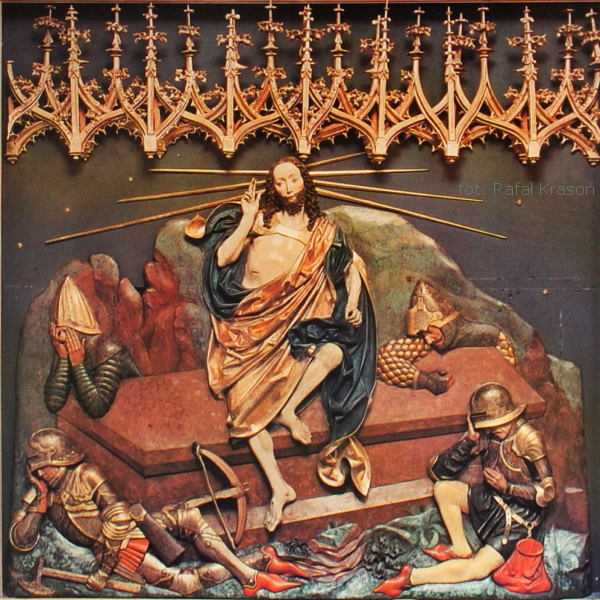 |
Ressurection |
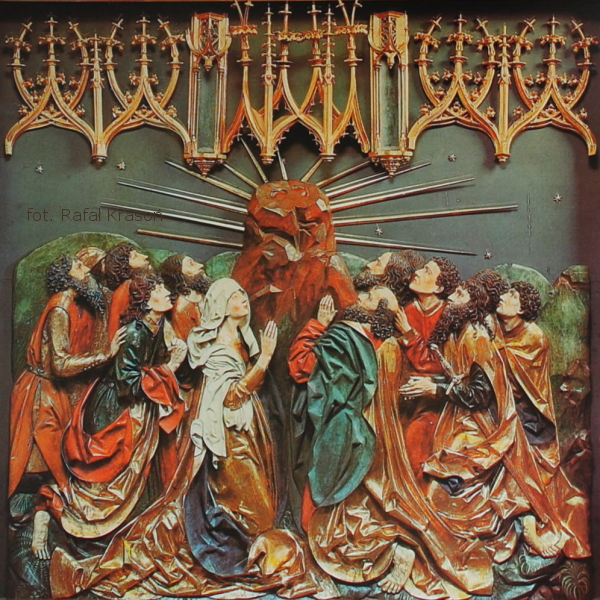 |
Jesus Assumption |
|---|---|
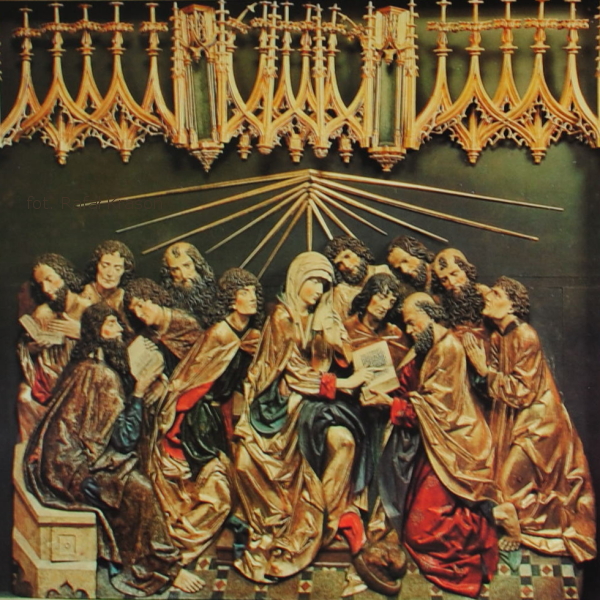 |
Descent of the Holly Spirit |
Only in the mornings from monday till saturday one can see fixed wings and scenes carved on the covered side. There are twelfe:
The altar has its rich history. Already existing of the ghotic altar in the next century is surprised. Such kind of altars were out of fasion in the next barroque epoch. Here, warrs and connected with it poverty saved the altar. In 19th century one appreciated the masterpiece.
The altar almost was destroyied during the second world war. Germans, thinking that the masterpiece was made by an artist from Nuremberg, demonted the figures and sent it to Nuremberg. The altar was kept in the wet atmosphere of the Nuremberg castle until the end of the war. Discovered, was transported to Krakow in 1946 but in very bad condition. After comming back long period of conservation was undertaken. Finally in 1956 the altar was monted in its original place in the presbitery of the Mariacki Church.
Worth mentioning is the life of Veit Stoss too. After carving the altar ha made tomb of the king Kasimir Jagiellon in the Wawel Cathedral and conmemorative plaque of Filip Kalimach in Dominicans' Church. In 1496 he returned to Nuremberg. Around 1503 Veit Stos was arrested for forgery the seal and signatire on fraudulent cheque and soon sentenced to brand stigmas on his cheeks.
